Rip Mix Feed Ong and Bolter
My Motivation
I stumbled on the idea of creating a word cloud document while at work. I was trying to find a creative way to report data from university student satisfaction survey and I happened upon Frances Miley and Andrew Read’s article entitled Using Word Clouds to Develop Proactive Learners in the Journal of the Scholarship of Teaching and Learning.
I find that word clouds can be an effective way to communicate data results – be it survey data or text data. They are useful for text analysis because they make it easy to spot word frequencies. The more frequent the work is used, the larger and bolder it is displayed.
Here is an example of a word cloud based on President Obama’s 2010 State of the Union speech:
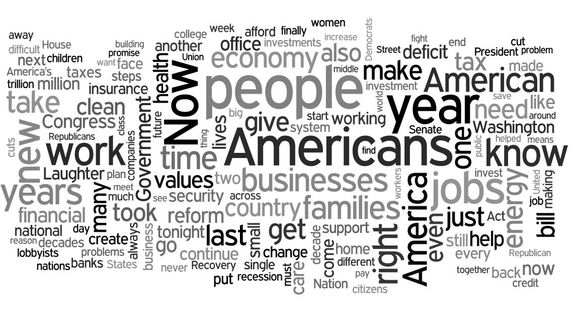
For comparison, here is President Trump’s 2017 State of the Union Address:
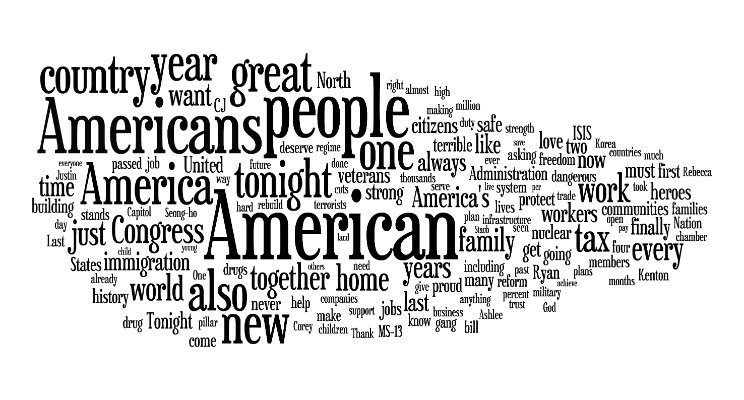
My Goal – Rip Mix and Feed
Word clouding is literally ripping words from context, mixing them in relation to other words and feeding them back to the audience. ETEC 540 is a lot of reading and in looking back to our required texts I thought it might be interesting to review two of our main texts namely Walter Ong’s (1982.) Orality and literacy: The technologizing of the word and David Bolter’s (2001) Writing Space: Computers, Hypertext, and the Remediation of Print.
To do this I used the free software PDF Word Cloud from SourceForge. It allowed me to create these word clouds after uploading the pdf text and establishing a word “blacklist.” The blacklist is used to filter common words like “the” and “because”. It also provides the user the ability to click on words presented in the word cloud and to have those words highlight in the original text for reference.
Walter Ong’s – Orality and Literacy – 150 Most common words
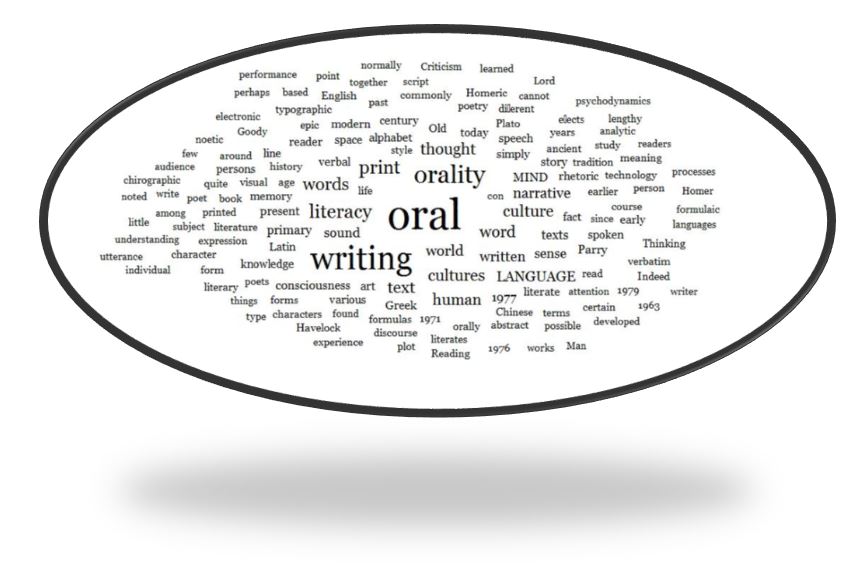
David Bolter’s Writing Spaces – 150 Most Common Words
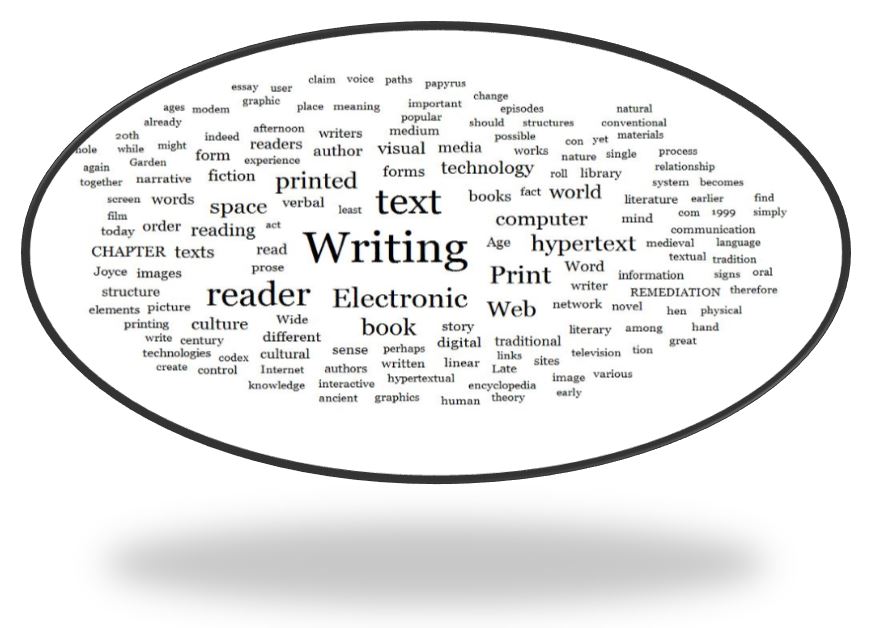
As you can see from these two examples frequently used keywords stand out better in a word cloud. PDF Word Cloud also provides the raw data on word frequency that can be exported into excel.
Here are three reasons why an educator might use a word cloud when sharing their data findings. Just like an infographic and other compelling pictorial representations, they:
- Make an impact
- Are easy to understand
- Can easily be shared
The Drawbacks of Using a Word Cloud
Some words of caution before deciding to use a word cloud for your qualitative data:
- While they can help you clarify your findings, they do not actually analyze the data. This means you need to clean your text data before plugging it into a word cloud generator.
- Keep in mind that word clouds emphasize frequency of words, not necessarily their importance.
- They also do not provide context, so the meaning of individual words may be lost and so they are not an effective tool for exploring complex topics such as the budget or healthcare crisis.
Discussion
What are your ideas for using word cloud software to present information?
References
All of Obama’s State of the Union speeches in word clouds. (2016, January 12). Retrieved from https://www.usatoday.com/story/news/politics/onpolitics/2016/01/12/obama-state-of-the-union-word-clouds/78712780/
Bolter, J. D. (2001). Writing space: Computers, hypertext, and the remediation of print. Mahwah, NJ: Lawrence Erlbaum Associates.
Miley F, Read A (2011) Using word clouds to develop proactive learners. J Scholarsh Teach Learn 11(2):91–110.
Ong, W. J., & Hartley, J. (2013). Orality and literacy: The technologizing of the word. New York: Routledge.
SourceForge. (2015, December 16). PDF Word Cloud. Retrieved July 30, 2018, from https://sourceforge.net/projects/pdf-word-cloud/?source=typ_redirect
(Computer Software)
Word Cloud of President Donald Trump’s State of the Union Address, January 30, 2018. (2018, January 31). Retrieved from https://www.linkedin.com/pulse/word-cloud-president-donald-trumps-state-union-30-mcalpine-ph-d-/

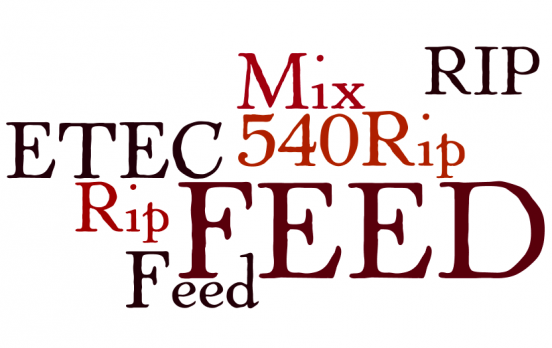





Carri-Ann Scott
July 31, 2018 — 7:52 am
Hi, Jamie.
That is an interesting visualization of the differences in the text. I see that several of us have used variations of word clouds for this assignment. I wonder how this ties in to Bolter’s reference to ekphrasis, where words can be used to describe scenes without using pictures? (Bolter, 2001)
Do word clouds give us a visualization of what is prominent, which then allows us to judge if the subject matter is relatable enough for us to explore more? Or can they serve another purpose, and reposition the words from a work to highlight what a graphic artist deems most important because, as you say, the word list must be “cleaned” and can be manipulated to present a prevalence of viewpoint?
Jo
August 9, 2018 — 9:27 am
Hi Jamie,
I love the idea of using word clouds, I think they can be a very powerful teaching tool. Thanks for sharing the Obama and Trump word clouds – not at all surprising about the content!